NEW THINKING ON BUILDING THE WORKING CLASS
After nearly 40 years of renovation, industrialization and modernization continue to be promoted as a central task, paving the way for the goal of building a developed, prosperous and happy country. The target of 2020 has passed, but many major targets on industrialization and modernization have not yet been achieved. Our country's workers have increased significantly in quantity, but the proportion of industrial workers is currently only 25% of the total number of workers. This means that it is still quite far from the criteria set forth by Resolution 29 (Term XIII): "The proportion of agricultural workers in the total social labor force is below 20%" and obviously, industrial and service workers must be over 80% of the total social labor force. The quality, technological level, and cultural skills of Vietnamese workers are still low compared to the region and the world...

It is necessary to build a modern and strong Vietnamese working class to meet development requirements in the new period.
PHOTO: THU HANG
The socialist-oriented market economy is the direct economic environment of our country's workers. In particular, the labor market and labor relations still have many shortcomings compared to the standards of the modern market and the socialist-oriented market. The institution has not been completed and still has many shortcomings even when compared to the domestic reality and the need to "internalize" with a number of international commitments. The portion enjoyed by workers after distribution according to labor and through social welfare is "not commensurate with their labor and contribution".
Many surveys on political awareness and political culture show that there is still a gap in workers' awareness. In addition, a "pragmatic" mentality and a "political indifference" have appeared among a group of workers. The strength of institutions to protect citizens and workers - the owners of the country - is not always and everywhere fully revealed. These are shortcomings in the working class's mission of "pioneering in the cause of building socialism".
The position of the leading production force of the Vietnamese economy today has also faced many problems and challenges from the context of the 4.0 industrial revolution and the global labor market.
It must be frankly admitted that many workers currently in the "disadvantaged social group" in the private and FDI economy have not yet enjoyed the full and proper rights and legitimate benefits. Meanwhile, many private and FDI enterprises do not have trade unions; in some places, trade unions exist but are not really strong and effective in their mission.
Building a modern and strong GCCN is not only a practical issue but also a theoretical issue. To do that, the theoretical work on workers and trade unions also needs to deeply research the foundation and supplement and develop and update modern achievements. The 4.0 revolution and integration into the modern market economy force us to renew our thinking and develop theories if we do not want to fall behind the historical mission of GCCN in the current context.
BUILDING THE WORKING CLASS IN THE PRIVATE ECONOMY
Based on the new perceptions and practices mentioned above, to contribute to "Building a modern, strong Vietnamese working class, both in quantity and quality, with a strong political stance, class awareness, national pride and self-respect, truly being the leading class of the revolutionary cause through the vanguard, the Communist Party of Vietnam", we propose:

The "Youth Workers" Festival, co-organized by the Central Committee of the Vietnam Youth Union, is a playground to help young workers practice skills and improve their lives.
PHOTO: XUAN TUNG
Firstly , building appropriate institutions for each economic sector. In particular, building a GCCN in the private economy - "the most important part of the economy" - will be the focus of the next term.
According to reports, if individual business households are included, the contribution rate of the private sector is 50-51% of GDP and employs up to 82% of the total social labor force. Obviously, this is currently the sector with the highest proportion compared to the total number of workers in our country. The quality and quantity of workers in this sector will be the factor shaping the "modern, strong" nature of our country's industrial sector in the coming decade. Paying attention to institutions and investing in this sector must be a development strategy in the new period.
The Draft Document states: "Science, technology and innovation have not yet become the main driving force for industrialization, modernization and national development". This is also consistent with the current state of the private sector. Although there have been many incentive policies, the current state of private sector technology in Vietnam still faces many limitations in terms of capital, high-quality human resources and supporting infrastructure. Therefore, it is necessary to provide support solutions in both institutions and investment so that the private sector can contribute to improving the quality of human resources and sustainable development. Building workers in the private sector requires attention to institutions and investment to modernize and control technology, promote innovation, sustainable development and develop human resources in this sector.
Second , perfecting the labor market and labor relations to contribute to building a modern and strong industrial society. The market is the main tool to regulate and develop resources, but it is also necessary to pay attention to the socialist orientation. The "visible hand" of the State and social-political organizations among workers demonstrates this nature. Therefore, the labor market and labor relations in the private economic sector will have to be a key policy focus for workers in the coming time.
Third , continue to develop the theory of GCCN and modern trade unions. Currently, there are two major issues facing researchers in our country: studying workers as modern laborers and studying trade unions in modern labor relations.
Some new phenomena among workers in our country need to be studied such as: workers with informal jobs, seasonal workers, workers in seasonal industries... Along with that, the new requirements in industrialization and modernization in our country have been mentioned in the Draft such as: "Digital transformation, green transformation, energy transformation, transformation of structure and quality of human resources..." and especially "developing the private economy is the most important driving force of the economy".
Developing theoretical research on modern trade unions is also a direction that needs investment. The modern theoretical understanding is: If workers are laborers in the labor market and labor relations, their rights and interests can only be protected first and most closely by trade unions. In addition, there are currently many new issues related to the organization and operation of trade unions in our country. Typical are the issues of "organizations established by workers at enterprises" (according to ILO Convention 87) and the issue of organizing trade unions for the informal labor sector. All need the help of theoretical research.
To raise awareness of the role of theory and innovate theoretical thinking capacity about workers and trade unions, it is necessary to gather human resources, foster and improve research potential, establish theoretical and practical arguments for the cause of "building a modern and strong Vietnamese working class"...
Building a science of trade unions in Vietnam to meet the requirements of the new situation. Through determining the goals, objects, methods, basic categories, basic relationships, major issues in innovation of trade union organization and activities to meet the practical needs of promoting industrialization and modernization from now to 2030 and vision 2045. At the same time, include in the political theory training program in academies and political schools a number of topics on innovation of trade union organization and activities to contribute to building a civil service.
Source: https://thanhnien.vn/niem-tin-gui-dang-xay-dung-giai-cap-cong-nhan-viet-nam-hien-dai-ban-linh-tien-phong-185251104195950096.htm


![[Photo] Opening of the 14th Conference of the 13th Party Central Committee](https://vphoto.vietnam.vn/thumb/1200x675/vietnam/resource/IMAGE/2025/11/05/1762310995216_a5-bnd-5742-5255-jpg.webp)
![[Photo] The road connecting Dong Nai with Ho Chi Minh City is still unfinished after 5 years of construction.](https://vphoto.vietnam.vn/thumb/1200x675/vietnam/resource/IMAGE/2025/11/04/1762241675985_ndo_br_dji-20251104104418-0635-d-resize-1295-jpg.webp)

![[Photo] Panorama of the Patriotic Emulation Congress of Nhan Dan Newspaper for the period 2025-2030](https://vphoto.vietnam.vn/thumb/1200x675/vietnam/resource/IMAGE/2025/11/04/1762252775462_ndo_br_dhthiduayeuncbaond-6125-jpg.webp)


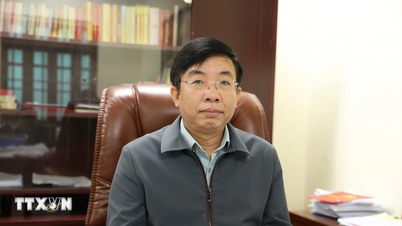

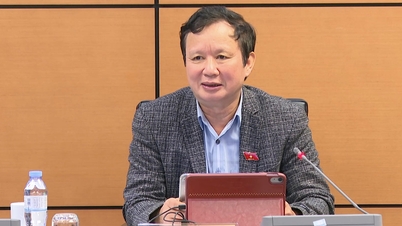






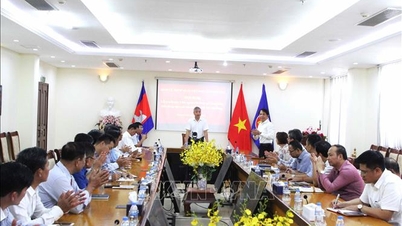
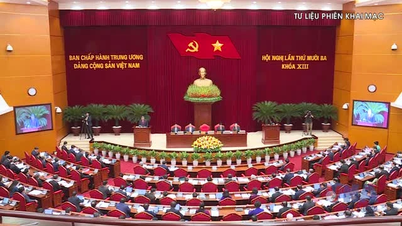
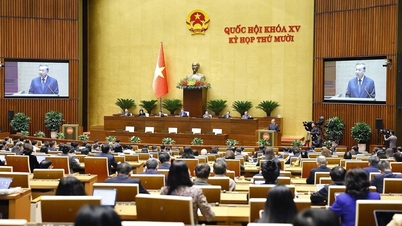
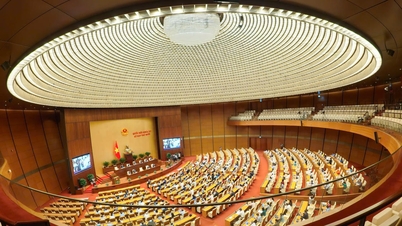

![[Video] 5 specific requests for comments on the draft documents of the 14th Congress](https://vphoto.vietnam.vn/thumb/402x226/vietnam/resource/IMAGE/2025/11/05/1762302892217_dung01-03-26-03still014-jpg.webp)

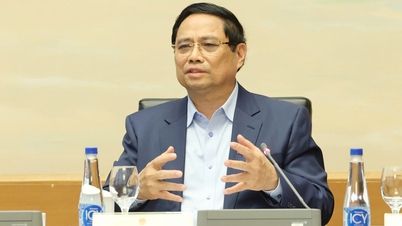








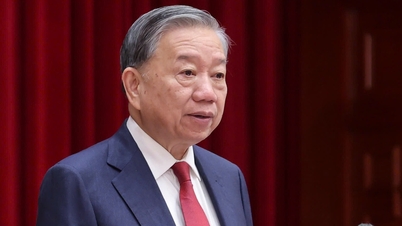



















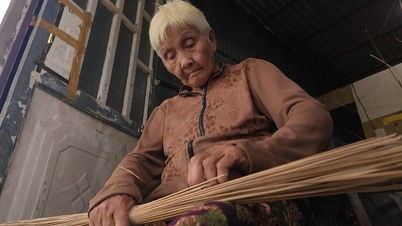














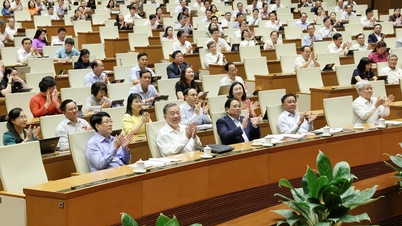






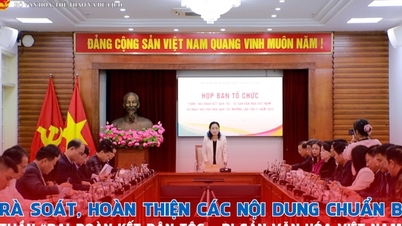













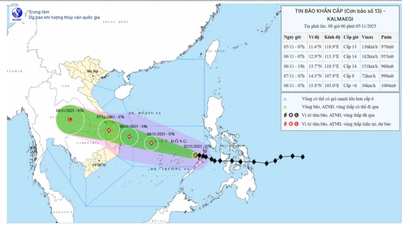















Comment (0)